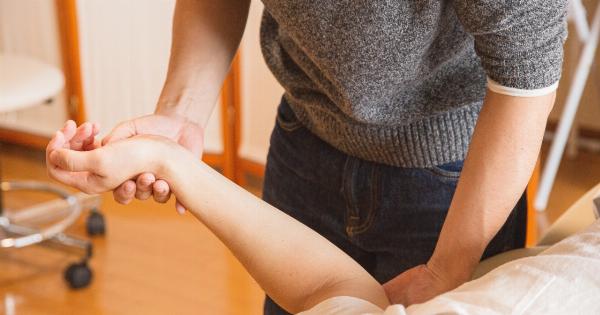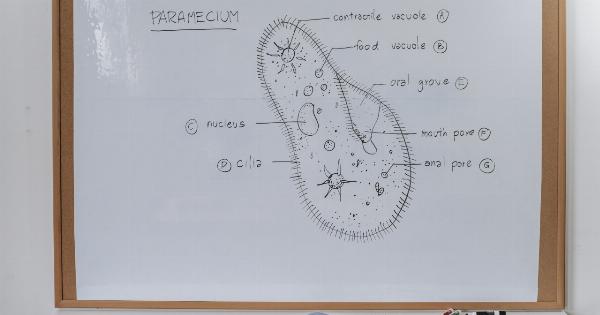Leg cramps can be a frustrating and painful experience for many people. They can wake you up in the middle of the night, interrupt your daily activities, and even interfere with your exercise routine.
Although leg cramps are usually harmless, they can sometimes be a symptom of an underlying medical condition. In this article, we will discuss some strategies to prevent and treat leg cramps so that you can finally beat them once and for all.
What Are Leg Cramps?
Leg cramps occur when the muscles in your legs involuntarily contract and don’t relax. The cramps can happen in any muscle in your leg but are most common in the calf muscles.
They can last from a few seconds to several minutes and may be accompanied by a sharp or dull pain.
Leg cramps can occur for several reasons. Some of the most common causes include:.
- Dehydration
- Electrolyte imbalances
- Poor blood circulation
- Overuse of muscles
- Standing or sitting for long periods of time
- Pregnancy
- Neuromuscular disorders
- Medications, such as diuretics and statins
Preventing Leg Cramps
The best way to prevent leg cramps is to identify the cause of your cramps and address it. For example, if you are dehydrated, make sure to drink plenty of fluids throughout the day.
Additionally, there are several lifestyle changes you can make to prevent leg cramps from occurring, such as:.
- Stretching before and after exercise
- Warming up before exercising
- Incorporating regular exercise into your routine
- Wearing comfortable shoes
- Avoiding standing or sitting in one position for extended periods of time
- Limiting alcohol consumption
- Eating a balanced diet
Treating Leg Cramps
If you experience leg cramps, there are several things you can do to help alleviate the pain and discomfort:.
- Stretching – gently stretching the muscle that is cramping can help ease the pain. Hold the stretch for 15-30 seconds, then release.
- Massage – massaging the affected muscle can help increase circulation and relieve tension.
- Heat – applying heat to the cramping muscle can help increase blood flow and relax the muscle.
- Cold – applying cold to the affected area can help reduce inflammation and numb the pain.
- Hydration – drinking fluids can help prevent future cramping.
If your leg cramps persist or become more frequent, it’s important to see a healthcare professional.
They can help diagnose any underlying medical conditions that may be causing your cramps and develop a treatment plan to help alleviate your symptoms.
When to Seek Medical Attention
Although leg cramps are generally harmless, there are some instances where you should seek medical attention. If you experience any of the following symptoms, contact your healthcare provider:.
- Cramps that don’t go away with stretching and massaging
- Severe pain
- Swelling or changes in skin color
- Fever
- Aching muscles
These symptoms may indicate a more serious underlying medical condition, such as a blood clot or nerve damage.
Conclusion
Although leg cramps can be annoying and painful, there are several things you can do to prevent and treat them. By identifying the cause of your cramps and implementing lifestyle changes, you can reduce the frequency and severity of your cramps.
Additionally, simple home remedies such as stretching, massaging, and applying hot or cold therapy can help alleviate the pain and discomfort associated with leg cramps. If you experience any persistent or severe symptoms, talk to your healthcare provider to rule out any underlying medical conditions.




























